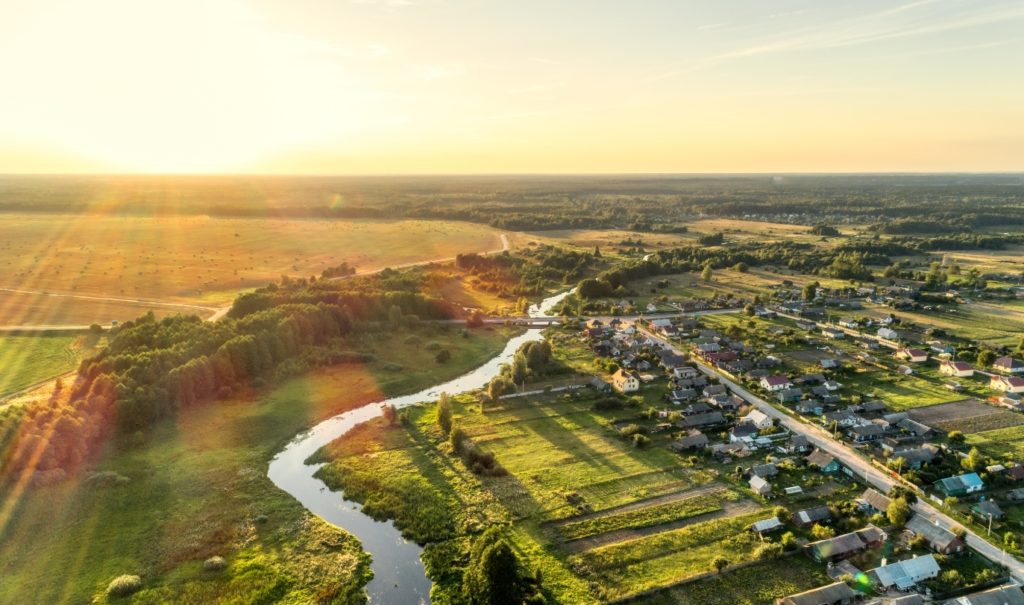Introduction:
Land development is a dynamic field that continuously evolves in response to changing social, economic, environmental, and technological trends. As urbanization accelerates and sustainability becomes a global priority, new trends are shaping how land is developed and utilized. This article explores the key trends in land development, highlighting how they are likely to influence the future of urban planning, real estate, and environmental management.
1. Sustainable Development and Green Building:
a. Eco-Friendly Construction:
- Sustainable development practices are becoming increasingly important in the construction industry. This includes using eco-friendly materials, energy-efficient designs, and technologies that reduce carbon footprints. Developers are focusing on creating buildings that are not only cost-effective but also environmentally responsible.
b. Green Infrastructure:
- Integrating green infrastructure, such as green roofs, urban forests, and permeable pavements, into land development projects helps manage stormwater, reduce urban heat islands, and enhance biodiversity. These features contribute to creating healthier and more resilient urban environments.
c. Certification Standards:
- Certification programs like LEED (Leadership in Energy and Environmental Design) and BREEAM (Building Research Establishment Environmental Assessment Method) are gaining popularity, encouraging developers to adhere to high standards of sustainability in building design and operation.
2. Smart Cities and Technology Integration:
a. Internet of Things (IoT) in Urban Planning:
- The integration of IoT in urban planning allows for the development of smart cities, where connected devices and sensors provide real-time data on infrastructure usage, energy consumption, and environmental conditions. This data helps optimize resource management and improve the quality of urban living.
b. Automation and AI:
- Artificial Intelligence (AI) and automation are revolutionizing construction processes, enabling more precise and efficient project management. AI tools assist in design, predictive maintenance, and optimizing energy use in buildings.
c. Mixed-Use Developments:
- The trend towards mixed-use developments, which combine residential, commercial, and recreational spaces, is supported by advancements in technology that facilitate better integration and management of different land uses. This approach enhances community livability and reduces the need for long commutes.
3. Resilience and Adaptation to Climate Change:
a. Climate-Resilient Infrastructure:
- Developing infrastructure that can withstand extreme weather events and climate change impacts is a growing priority. This includes designing flood-resistant buildings, improving drainage systems, and enhancing coastal defenses.
b. Disaster Preparedness and Recovery:
- Land development projects increasingly incorporate disaster preparedness measures, such as creating evacuation routes, building emergency shelters, and planning for quick recovery post-disaster. These measures ensure community safety and continuity in the face of natural hazards.
4. Urban Density and Vertical Expansion:
a. High-Density Living:
- As urban populations grow, cities are focusing on increasing density to accommodate more people within existing urban boundaries. This involves developing high-rise residential and commercial buildings, which help preserve open spaces and reduce urban sprawl.
b. Vertical Agriculture:
- Vertical farming and urban agriculture are becoming viable solutions for enhancing food security in densely populated cities. These practices allow for the cultivation of crops in high-rise buildings, utilizing advanced hydroponic and aeroponic systems.
5. Community-Centric Development:
a. Participatory Planning:
- Engaging communities in the planning and development process ensures that projects meet local needs and preferences. Participatory planning fosters a sense of ownership and helps build more inclusive and resilient communities.
b. Affordable Housing:
- Addressing the affordability crisis in many urban areas, developers are increasingly focusing on creating affordable housing options. This includes innovative financing models, public-private partnerships, and policies that encourage the development of affordable units.
c. Cultural and Heritage Preservation:
- Preserving cultural heritage and integrating it into new developments is crucial for maintaining community identity and historical continuity. Developers are working to incorporate heritage conservation into urban regeneration projects.
6. Regulatory Changes and Policy Innovations:
a. Zoning Reforms:
- Many cities are rethinking traditional zoning laws to allow for more flexible and mixed-use developments. These reforms aim to create more vibrant and adaptable urban spaces.
b. Incentives for Sustainable Development:
- Governments and local authorities are increasingly offering incentives, such as tax breaks and grants, to encourage sustainable development practices. These incentives support the adoption of green technologies and sustainable building practices.
c. Land Use Policies:
- Land use policies are evolving to address issues such as land scarcity, environmental protection, and equitable access to resources. Policymakers are exploring new frameworks to balance development needs with conservation goals.
Conclusion:
The future of land development is being shaped by a range of trends that prioritize sustainability, technology integration, resilience, and community engagement. As these trends continue to evolve, they will play a crucial role in determining how urban areas grow and develop, impacting everything from housing affordability to environmental sustainability. Developers, planners, and policymakers must collaborate to navigate these trends and ensure that future developments are not only economically viable but also socially inclusive and environmentally responsible. The success of land development in the coming decades will depend on our ability to innovate, adapt, and respond to the challenges and opportunities presented by a rapidly changing world.

